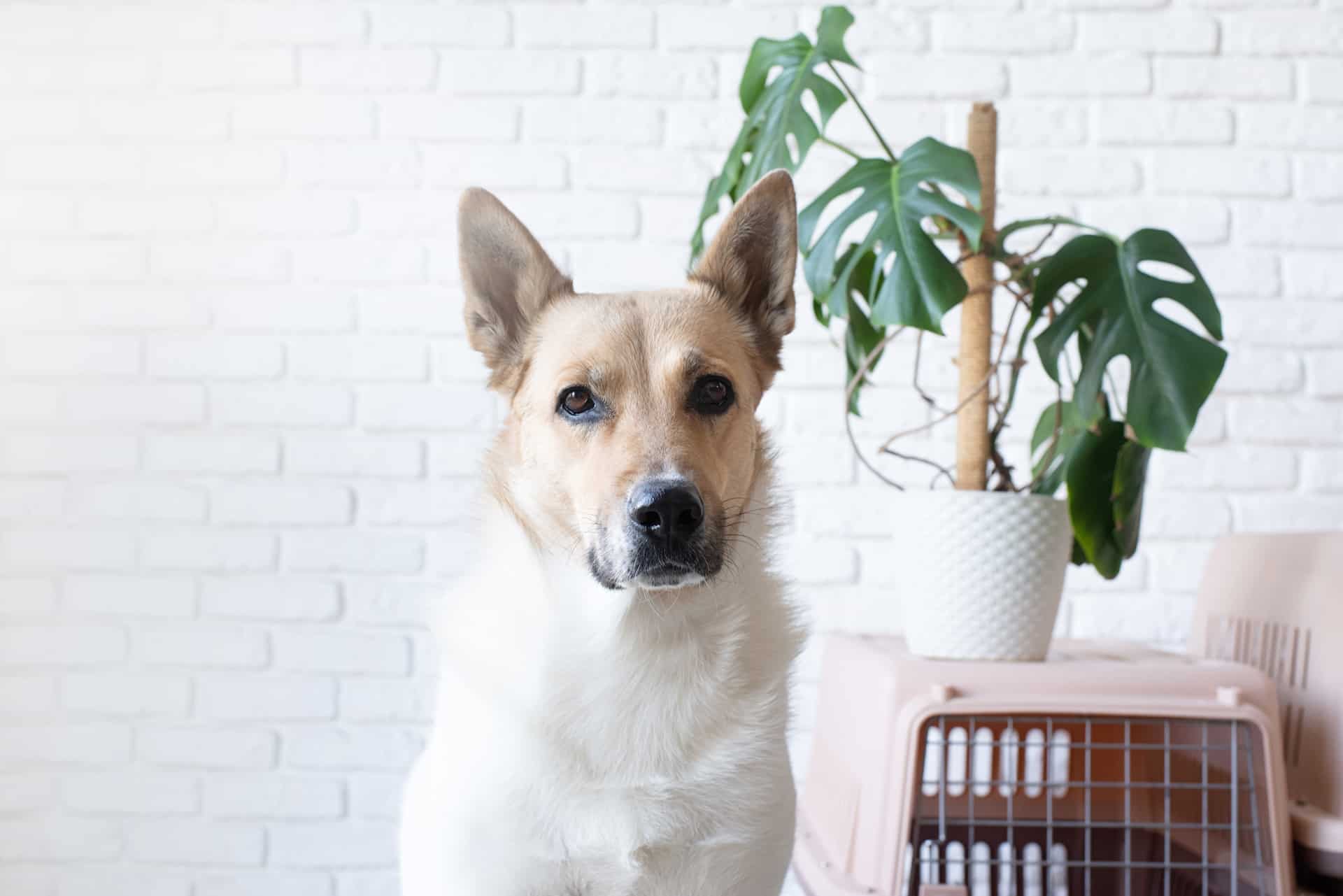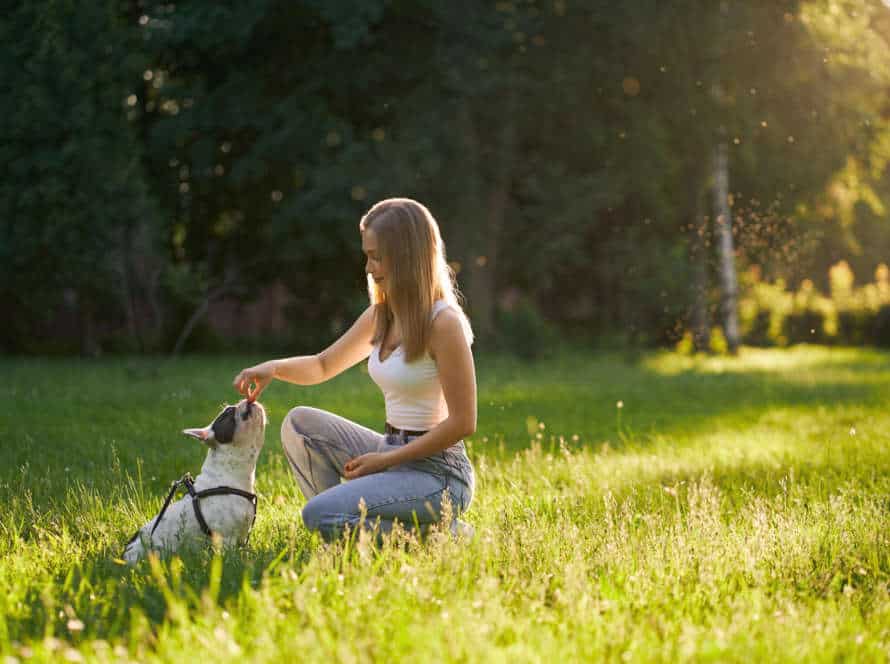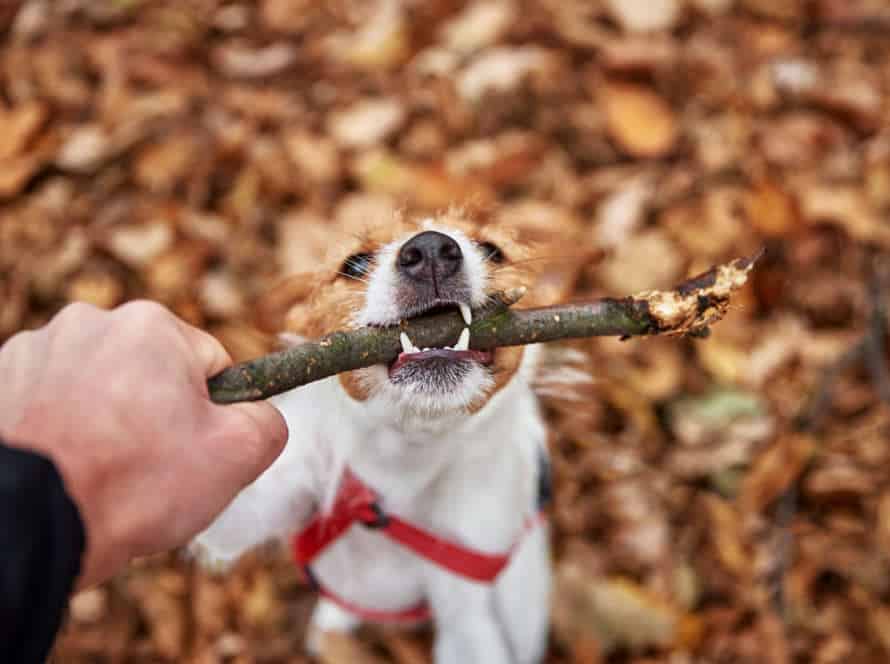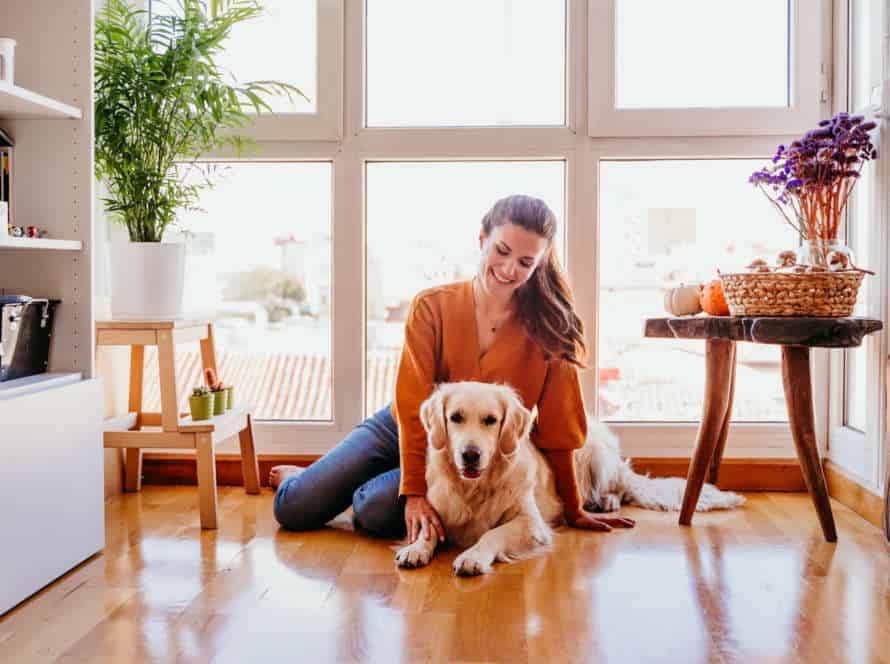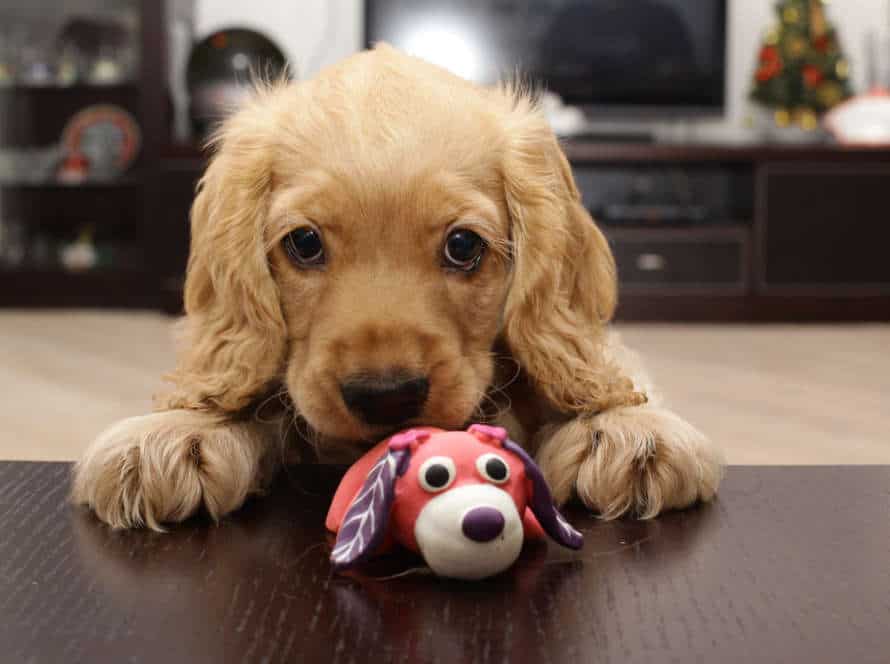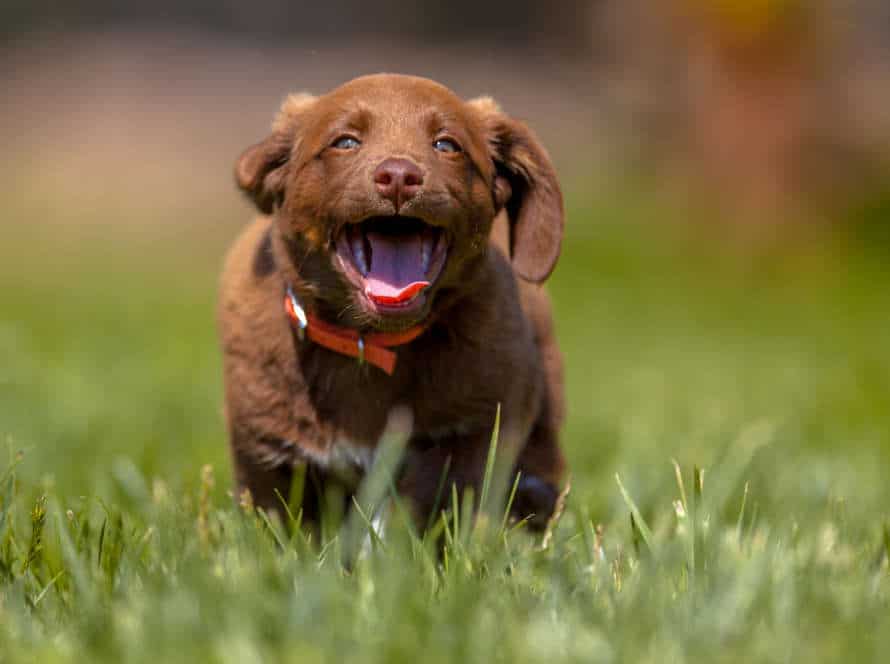Make Crate Training Fun with These Creative Games
Crate training can be tricky. But, with fun games, it can be enjoyable and successful! Here are some ideas:
- The Cheese Hunt: Hide little cheese pieces in the crate. Let your pup find them.
- Crate Tag: Play tag with your pup. The “safe zone” is their crate.
- Treat Toss: Throw their favorite treat or toy into the crate. Let them get it.
- Musical Crates: Like musical chairs, play music. When the music stops, they go to their crate.
These games boost your pup’s positive feelings about their crate. Plus, they get mental and physical stimulation.
Pro Tip: Always give your pup access to water. Make sure the crate is big enough for them to move around.
Outline-
Crate training is a useful and fun tool for dog owners. You can make it positive for your pup if done right. Incorporate creative games in the process. Here are two games you can try:
Game 1: Treat Scavenger Hunt
- Put yummy treats in the crate when they aren’t looking.
- Ask them to search inside the crate.
- Praise and reward them with another treat when they find it.
Game 2: Toy and Treat Swap
- Put their favorite toys and treats in the crate.
- Place a treat or toy outside of the crate.
- Ask them to get the item outside and bring it back inside to swap it.
Pro tip: Make sure your pup has good memories of the crate. Introduce it gradually. Reward good behavior. Never use it as punishment.
Benefits of Crate Training for Your Dog
Crate training your pup can be an effective way to help your furry friend feel comfortable in new places. Plus, it provides a secure spot for them to relax. Additionally, it can help reduce destructive behavior such as jumping and chewing. Furthermore, it’s a great way to build a strong bond with your pup that’ll last forever!
Provides safety and security
Crate training is an excellent tool for the safety and security of your furry pal. Here are some perks of crate training:
- Safety and Security: Your dog can find comfort and security in a crate. It also stops them from getting into trouble when you’re not home.
- House Training: Crate training limits your pup’s access in your home and teaches them to control their bladder and bowels until it’s time to go outdoors.
- Traveling: The crate is perfect for long car rides or flights, giving your pup a comfy and secure spot to rest.
Make crate training enjoyable with these fun activities like “Treasure Hunt” or “Find the Treat”. With patience and consistency, crate training can be a positive experience for both you and your pup.
Helps with potty training
Crate training can assist with potty training your pup. It gives them a space to control their bladder and bowels. Here are the benefits:
- Establishes routine for your pet, making it easier to learn.
- Teaches your pup to wait to go outside to potty.
- Prevents bad habits like pottying inside or chewing furniture.
- Saves time and effort during house training.
Crate training can be fun when done right. It makes the potty training experience enjoyable for both you and your pup!
Prevents destructive behavior
Crate training your pup can stop destructive behavior and give your pet a sense of safety. Benefits include:
- Stopping destructive behavior, like chewing, digging, and too much barking.
- Making travel easier and safer for both you and your dog.
- Handling separation anxiety when your dog is alone.
- Quicker house-breaking.
Fun games to make crate training enjoyable:
- Hide treats in a toy or container that can only be reached in the crate.
- Use food puzzles to give your pup’s brain a workout and make positive associations.
- Have a toy that’s only for the crate, for your dog to play with inside.
Pro tip: Make sure to keep crate training positive and reward-based, to help your dog feel relaxed and secure.
Creative Games for Crate Training
Crate Training is a must for every puppy! It’s a great way to potty train and help them feel safe as they grow up. To make it fun, let’s explore some creative games you can use for crate training.
Treat Dispensing Toys
Treat-dispensing toys are a great way to make crate training fun for your pup! Here are some games you can play:
- Scatter feed: Spread kibble in the toy for a scavenger hunt.
- Freeze it: Fill the toy with wet food & kibble and freeze it!
- Hide and seek: Hide treats or toys in the crate and have your pup use the toy to find them.
These games can help reduce your pup’s stress during crate training. Pro Tip: Supervise playtime and make sure the toy is safe and strong.
Interactive Puzzles
Make crate training more enjoyable for your pup by incorporating interactive puzzles! This can help with their problem-solving and cognitive skills. Here are some creative games:
- Treat-dispensing puzzles – Fill with their favorite treats and watch them figure out how to open it.
- Hide and seek – Hide treats around the crate and watch them search and find them.
- Frozen treats – Freeze treats and toys in ice and place in the crate.
- Kong toys – Fill with peanut butter or canned dog food and let them work for the delicious treat.
By using these games, you can create a positive association with the crate and make training more fun for your pup.
Kong Stuffed with Frozen Treats
Reward your pup with a Kong stuffed with frozen treats! It’s a great way to make crate training fun.
Pick a Kong toy that fits your dog.
Fill it with tasty treats like peanut butter, carrots, and kibble.
Freeze it for several hours or overnight.
Give it to your dog while they’re in their crate.
This will make crate training an enjoyable experience for you and your pup!
Positive Reinforcement Techniques
Positive reinforcement is the best way to make crate training fun for your pup! This helps build a strong bond, and keeps them focused. There are many ways to reward them, such as creating games. Here are some creative ideas to make crate training enjoyable and rewarding.
Clicker Training
Clicker training is a reinforcement technique that uses a click sound to indicate when your pet has done something good. It associates the sound with a reward like a treat. This helps you teach your pet to obey commands. This can also make crate training entertaining with innovative activities to keep your pet interested and keen.
Here are some tips for using clicker training for crate training:
- Click when the pet goes into the crate and give it a treat or compliment.
- Gradually increase the time before clicking and rewarding.
- Play “hide and seek” with a treat in the crate.
- Use the clicker to teach the pet to sit or lie down in the crate.
By using clicker training to make crate training fun, your pet will feel comfortable and content in the crate.
Verbal Praise and Treat Rewards
Positive reinforcement? Yes! Verbal praise and treat rewards make crate training fun for your pet. Try these games:
- Treat hunt – Put treats around the crate to lure your pet in.
- Treat toss – Throw treats inside from a distance, like a game of catch.
- Verbal praise – Use an upbeat tone for commands, and when they do something good.
- Treat rewards – Give treats when they stay in the crate or complete tasks.
These techniques not only make crate training more enjoyable, but also strengthen the bond between you and your pet.
Scheduling Breaks Between Game Sessions
Scheduling regular breaks between game sessions can help boost productivity and reduce eye and physical strain. It’s key to follow the 20-20-20 rule: take a 20-second break every 20 minutes and look at something 20 feet away. This helps avoid eye strain and headaches.
Plus, take 10-15 minutes every hour to stretch, move, or do some physical activity. This will reduce physical strain and keep your energy up.
These breaks can be positive reinforcement techniques too. For example, play creative games during breaks to make crate training fun. This will improve your gaming experience while keeping you fit and healthy.
Pro Tip: Try physical games or light exercises during breaks to keep your mind and body active.
Crate Training Do’s and Don’ts
Crate training your pup is a great way to form positive habits and bond. It is vital to ensure that you are doing it correctly. Knowing the do’s and don’ts of crate training is essential. Here are some important do’s and don’ts for crate training your pup.
Do: Make it a positive experience
When it comes to crate-training your furry friend, make it a positive experience. Here are some great games you can play to achieve this:
- The Treat Toss Game: Toss a treat into the crate. When they get in, praise them and offer more treats.
- Kong Toy Puzzle: Fill a Kong toy with treats and place it inside the crate. This will help your dog associate the crate with something positive.
- The Calm Down Game: Sit down with your pup and give them a calming massage or grooming session. Then, encourage them to move slowly into the crate for a nap. Offer a treat when they’re quiet.
Crate training should be rewarding for your pup. Play these fun games to create good associations with the crate, leading to a well-behaved pup.
Pro tip: Take it slow and be patient with your pup, as crate training takes time and consistency.
Don’t: Leave your dog for long periods of time
Leaving your dog alone for too long is not good during crate training. It may cause stress and discomfort. Here are some tips:
- Do: Gradually introduce them to the crate by adding treats, toys and blankets.
- Don’t: Force them in or use it for punishment.
- Do: Make crate time fun with games like “find the toy” or “hide and seek”.
- Don’t: Leave them in the crate for more than a few hours. Don’t use it as a substitute for exercise or interaction.
Finally, remember that crate training should be enjoyable for your pup. It is meant to make them feel safe in your home.
Do: Gradually increase crate time
Gradually increasing crate time is essential for crate training your pup. Here are a few tips:
- Start by having them in the crate for short periods when you’re home.
- Put toys, treats, and bedding in the crate to make it a pleasant experience.
- When leaving, start with short intervals and gradually increase the time.
- Reward them for staying in the crate.
- Keep it in a peaceful and quiet area and never use it as punishment.
These tips will make crate training a positive experience for both you and your doggo!
Troubleshooting Crate Training
Crate Training can be tedious, however, it doesn’t have to be! Make it fun by transforming it into a game! There are various imaginative games you can play with your pup that will help you with crate training. This section will give you tips and tricks to make crate training pleasurable for both you and your pup.
Common Problems and Solutions
Crate training is a great way to housetrain your pup. But it has its own issues. Here are the common problems pet owners face, along with some solutions and tips to make it fun for yer furry friend!
- Whining or howling: Annoyin’ for you and your neighbors. So do this:
- Give yer pup lotsa exercise and mental stimulation before puttin’ ’em in the crate.
- Use positive reinforcement to get ’em to enter and exit the crate on their own.
- Ignore the noise, only reward when they’re calm and quiet.
- Fear or anxiety: Some dogs might be scared or anxious about enterin’ the crate, makin’ it hard to train. To fix this:
- Make sure the crate is comfy by addin’ a soft bed, blanket and yer pup’s fave toy.
- Introduce yer pup to the crate gradually, usin’ positive reinforcement and treats.
- Start with short periods in the crate, and increase over time as they get more comfy.
- Too much energy: If yer pup has too much energy and can’t stay still in the crate, do this:
- Hide treats and toys in the crate for yer pup to find.
- Play ‘find it’ games, where yer pup needs to search for their fave toy or treat in the crate.
- Fill a Kong toy with peanut butter or other tasty treats to keep ’em busy and entertained.
Patience and Consistency is Key
Crate training can be tricky, but it doesn’t have to be unpleasant. Patience and consistency are the secrets to success. Here are some tips to make it a fun and positive experience for your pet:
- Start slowly by introducing your pet to the crate when they’re relaxed.
- Give treats, toys and praise when they enter the crate voluntarily.
- Play games like hiding treats or toys around the crate, to encourage them to explore.
- Be consistent – stick to a routine and gradually increase the time your pet stays in the crate.
- Be patient and positive – they will learn to love the crate!
Remember – reward-based training not only makes learning fun but also strengthens your bond.
When to Seek Professional Help
Crate training your pup may be tough, but with the proper tricks and play, it can be a worthwhile and enjoyable experience. But, there are times when seeking help from a professional is needed.
Here are some signs that your doggo may need help with crate training:
- If your dog shows fear, anxiety, or aggression towards the crate or being in a small space, it could be a sign of a more serious behavioral issue.
- If your pup has been crate trained but is still destructive or has accidents inside, it may be a sign of separation anxiety or an undiagnosed medical problem.
- If your pup cries or whines constantly while in the crate, it could be a sign of physical discomfort or pain, so it is essential to take them to the vet.
Remember, each pup is different and some may take more time to adjust. Seeking help from a pro can make a big difference in their training and well-being.
Pro Tip: If you’re having difficulty crate training your pup, consider getting help from a certified dog trainer or a vet.
Frequently Asked Questions
Q: What is crate training?
A: Crate training is a method used to train dogs by utilizing a crate or cage as a safe and secure place for them to rest and be confined when necessary.
Q: Why is it important to make crate training fun?
A: Making crate training fun helps to promote positive associations with the crate, which can make the process easier and more enjoyable for both the dog and owner.
Q: What are some creative games that can be played to make crate training fun?
A: Some games include hiding treats in the crate, rewarding the dog for going into the crate voluntarily, and playing games with toys inside the crate.
Q: How can I make sure my dog doesn’t have negative associations with the crate?
A: Start crate training early, use positive reinforcement techniques, and never use the crate as punishment.
Q: How long should I leave my dog in the crate?
A: The length of time a dog should be crated depends on their age and activity level. Puppies and dogs with high energy may need more frequent breaks.
Q: Can I use the same crate for multiple dogs?
A: Yes, you can use the same crate for multiple dogs as long as they have enough space and the proper supervision. It is important to monitor the dogs to ensure they do not become territorial or aggressive towards each other.

